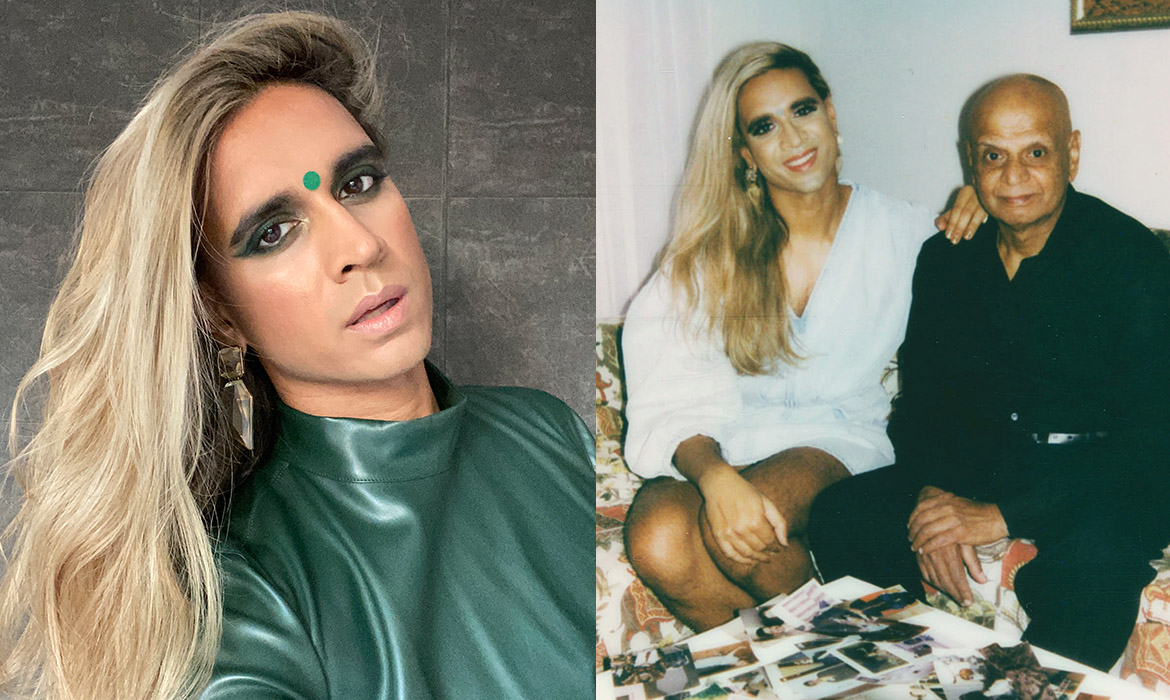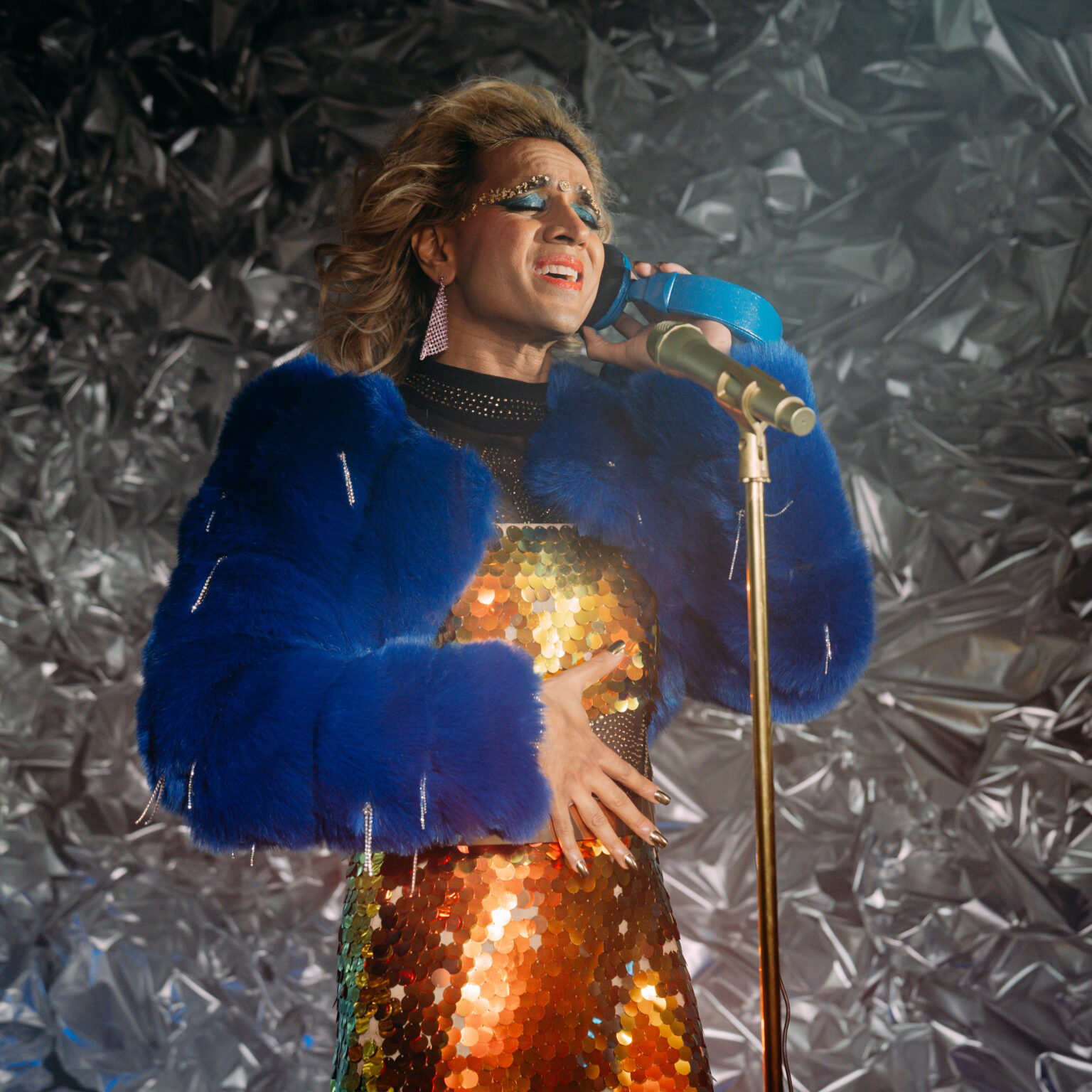For Vivek Shraya, styling her hair is a meaningful form of self-expression.
The Calgary-based artist’s hair journey started when she was younger, experimenting with her parents’ hair products. Now, with longer hair than she’s ever had, Shraya is exploring styles like Bollywood braids.
However, as a trans person, she reminds herself that hair length does not define her.
“My biggest challenge as an adult is trying to remember that I don’t need to have long hair to be a girl,” says Shraya.
With the goal of amplifying stories like this by transgender and non-binary people, Pantene Canada teamed up with Shraya for their #HairHasNoGender film series.
The film, which launched in November, highlights Shraya’s hair journey. She recalls an early childhood memory getting her hair shaved off at an Indian temple and speaks about how she uses hair to express herself. Shraya also reflects on the support she’s received from her parents and remarks that despite not having the words “transgender” or “transition” in their vocabulary, her parents always buy her bangles and bindis from India.
The ending of the video sees Shraya recreating a childhood Christmas photo with her father, Mohan.

“Because my dad was often working multiple jobs to support our family, Christmas was one of the few times I remember all of us being together,” says Shraya. “But this also means that my dad and I have very few photographs together, so this project is extra special because I will always have this documented moment of us together.”
Shraya joins other European ambassadors including Angela Ponce, Lea T, Travis Alabanza, and Johanna who are exploring how hair is related to identity and the transition journey.
For example, something as simple as getting a haircut can be a daunting experience for transgender and non-binary people.
Last year, a Pantene study found that 44 per cent of LGBTQ2S+ people feel they can’t come home as their true selves and 93 per cent had been misgendered during a hair appointment.
Shraya recalls having unwelcoming hair experiences a few years ago when she would go to her neighbourhood barber, which she says was a hyper masculine space.
“I often felt like I had to act more tough to fit in,” says Shraya. “I don’t think people realize how often queer and trans people have to hide who we are, and pretend to be what we are not, even when we do something as ‘basic’ as getting a haircut.”
Organizations like the Dresscode Project are working to change this. Started by Toronto hair stylist, Kristin Rankin, it is a global alliance of hair salons committed to creating gender-affirming and safer spaces for LGBTQ2S+ clients.
Pantene is supporting the project by facilitating inclusivity training for hair stylists with the goal of expanding LGBTQ2S+ inclusive salons globally.
Like this post? Follow The RepresentASIAN Project on Instagram, TikTok and YouTube to keep updated on the latest content.









